E-commerce developed at record speed last year, the climate for e-retailers is expected to change further in 2021. It has probably not escaped anyone that the e-commerce world is becoming increasingly competitive and for you as an e-retailer to secure your future, you need to stay at the forefront and do frequent external monitoring to be able to keep track of the trends that come and go and be behind your competitors.
In this article, we have collected 10 e-commerce trends including statistics from an infographic by Oberlo.
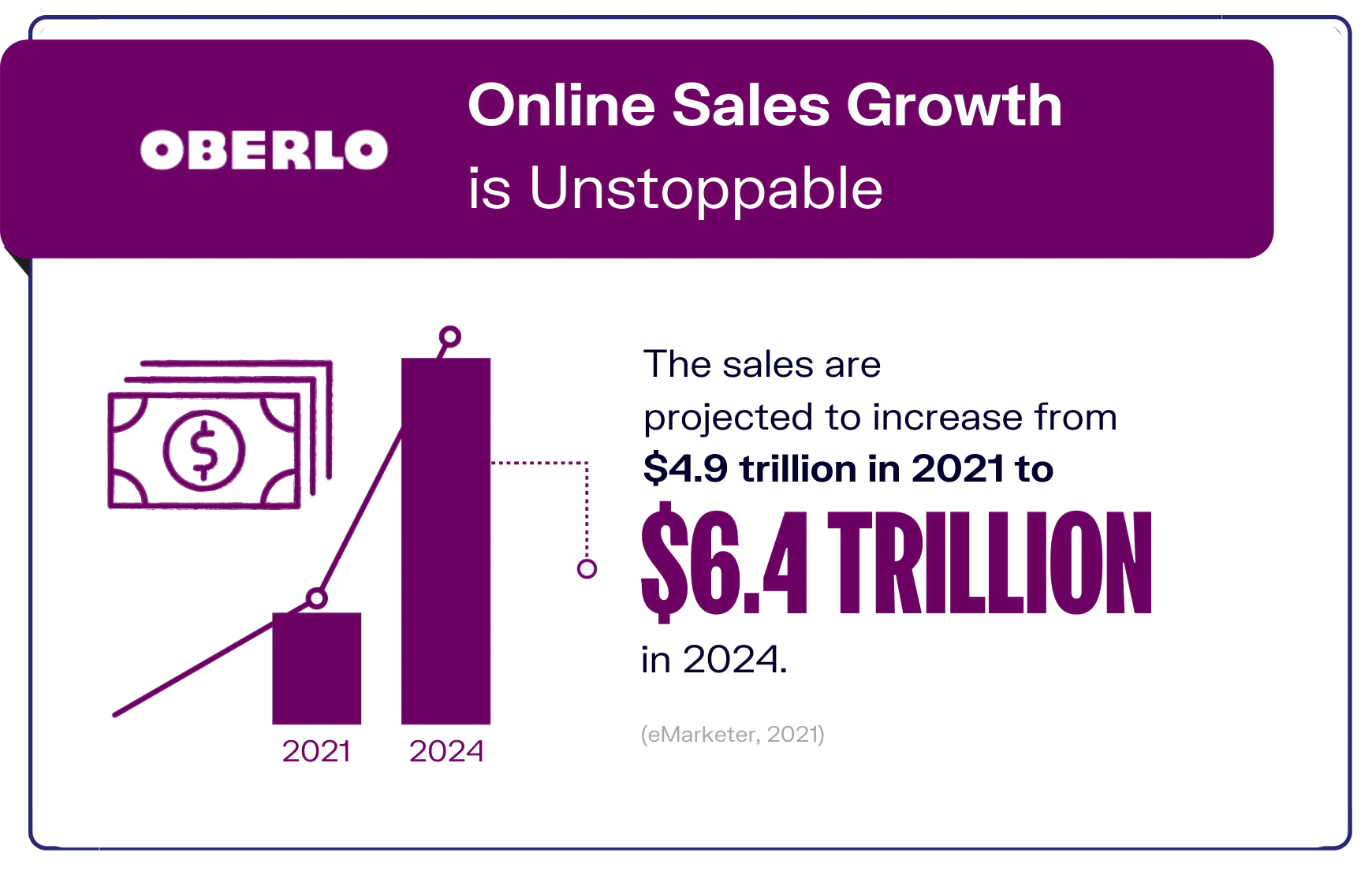
1. Growth in e-commerce is constantly increasing
Sales in e-commerce continue to increase. Global sales are expected to increase by 26.7% in 2021 compared to 2020 according to Emarketer. Online Shopping has become one of the most popular online activities and the growth of e-retailers is based on a few different factors such as increased customer confidence and convenience, as well as an enhanced website experience.
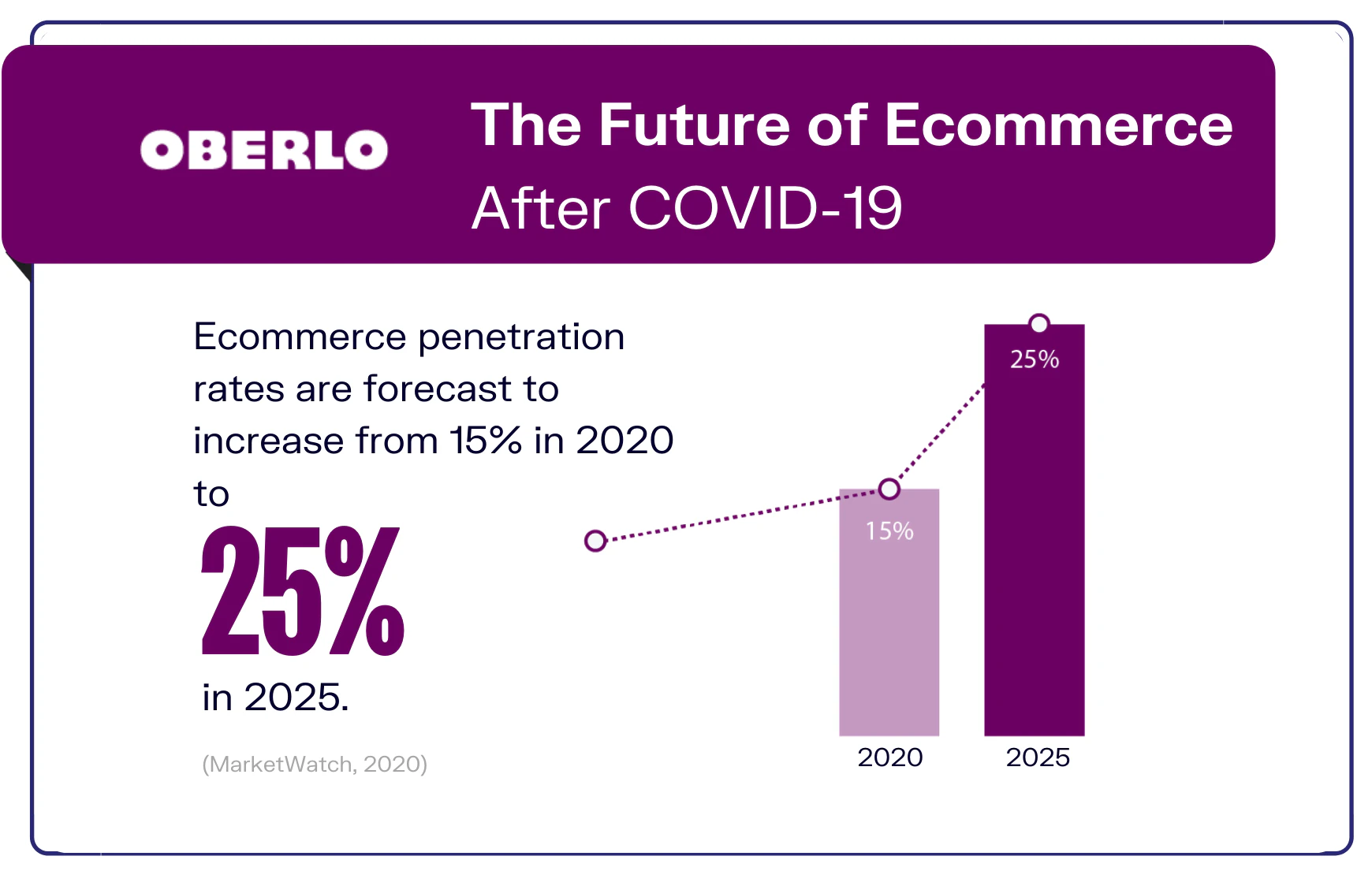
2. The future for e-traders after the pandemic
Covid-19 has been one of the biggest factors in the fact that growth in e-commerce has increased significantly as many physical stores around the world have been forced to close for months. Experts say that the effects of Covid-19 will not only be a short-term boost for e-commerce, and that this is the new normal.
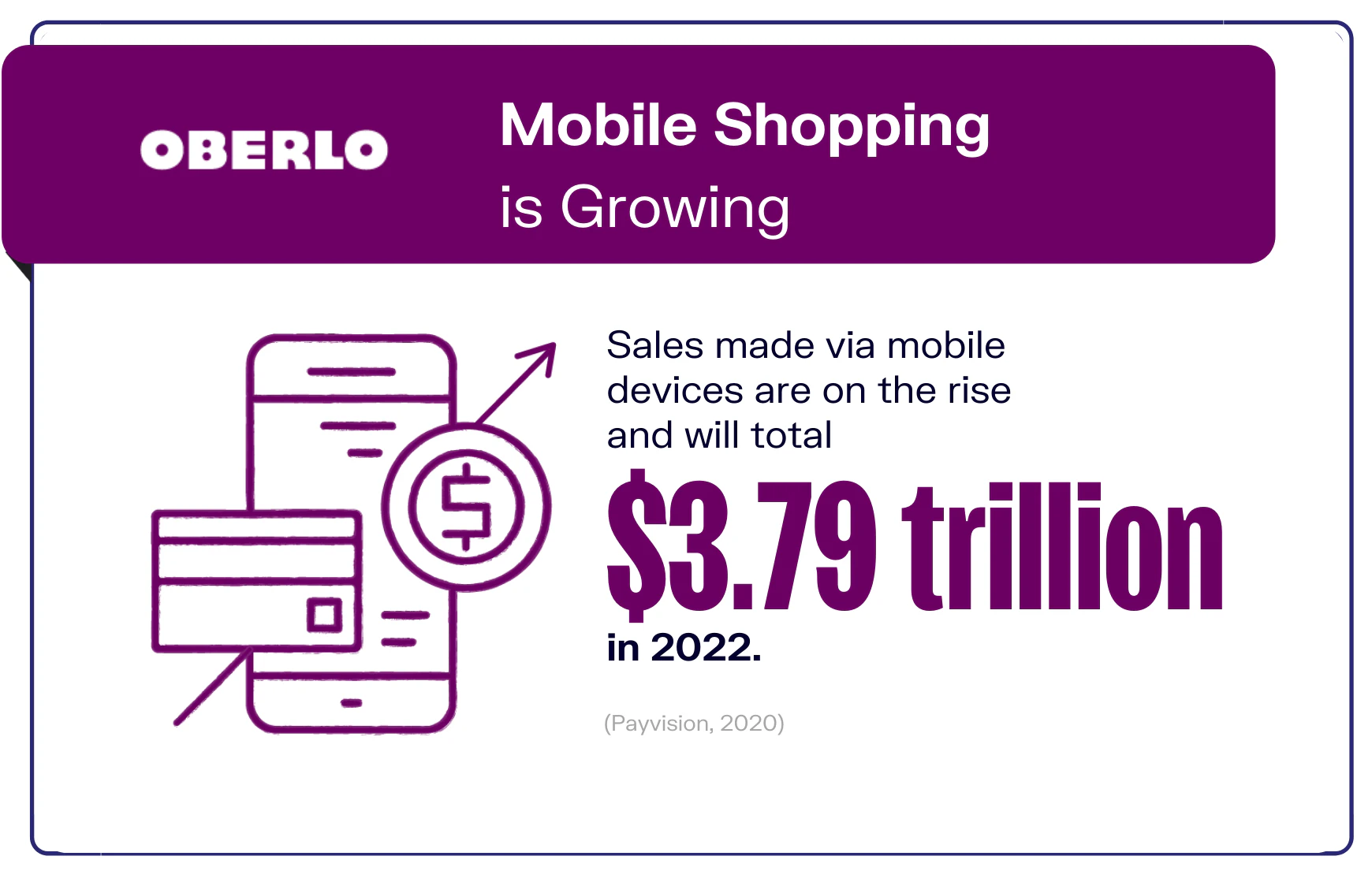
3. More consumers are online shopping via mobile devices
The growth of e-commerce via mobile devices is driven partly by the fact that we use social media to search for new brands and products, but also because consumers feel more comfortable shopping via mobile devices than ever before. This mainly applies to the age group 18-40 years.
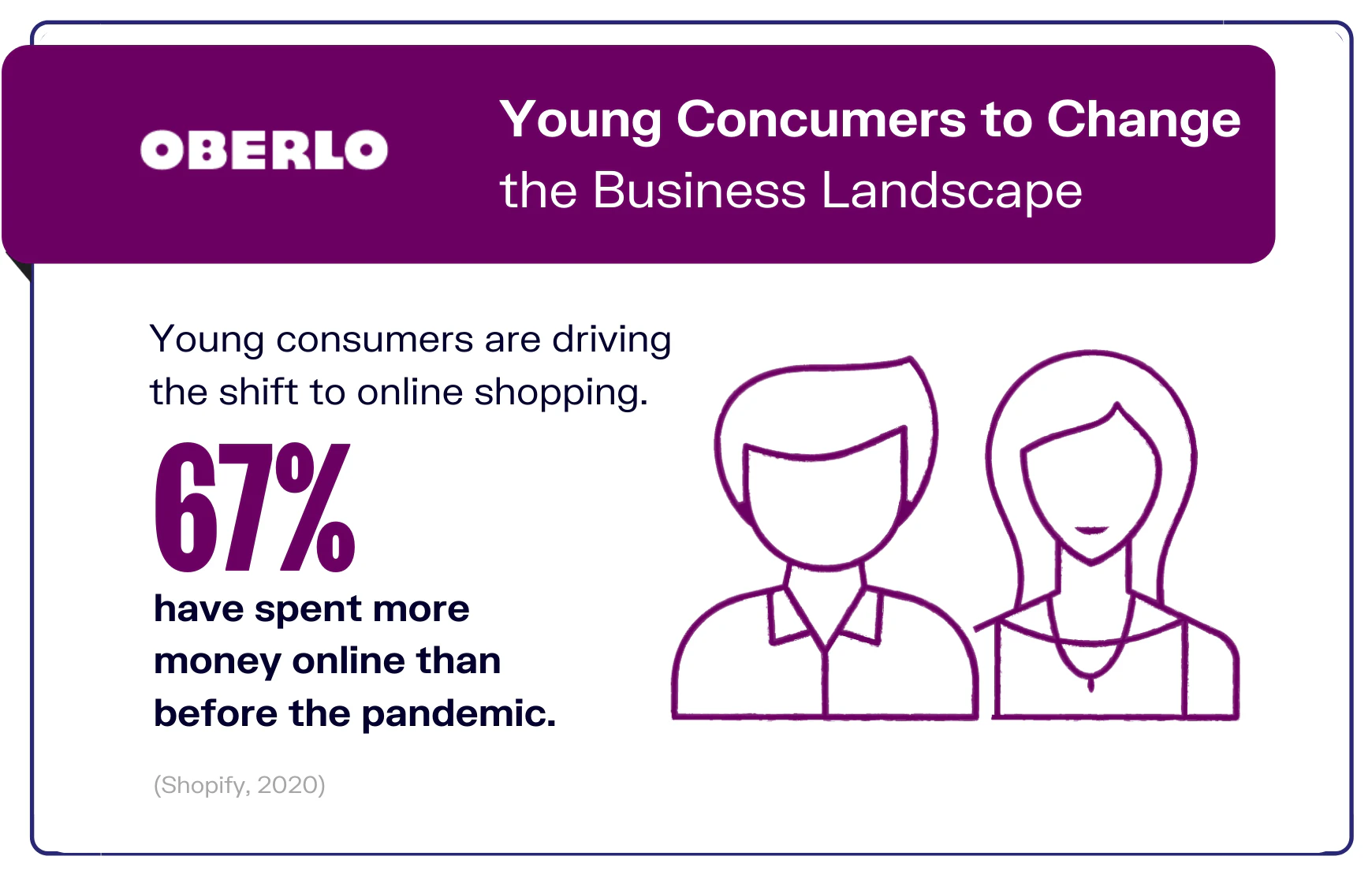
4. Young consumers are driving e-commerce forward
A survey by Shopify shows that 67% aged 18-34 spend more on shopping online now than before the pandemic, which you as an e-retailer should keep in mind in your marketing strategy.
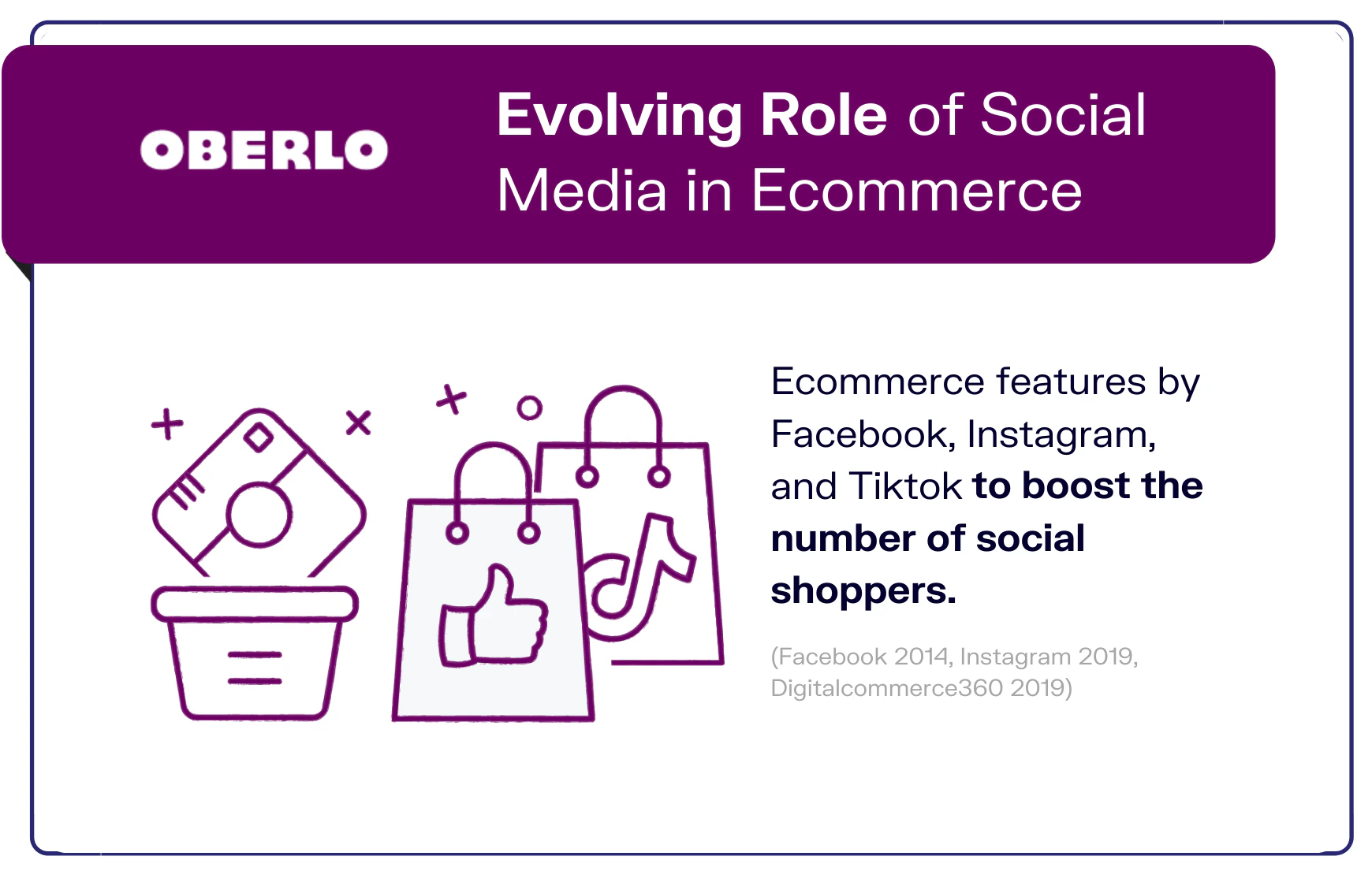
5. Develop the role of social media in e-commerce
Social media plays an important role in e-commerce. The number of people who shop via social media is increasing since people can make purchases directly via Facebook Shops and Instagram Shops. Shopify makes it easy for you as an e-merchant to connect your web shop with your Facebook page or Instagram account. The social channels are updated frequently to satisfy you as an e-retailer with new functions that will facilitate the buying process. Consumers also use social platforms to find inspiration, search for new brands, compare products, etc. – social media has become part of our everyday lives. That is why it is so important for you as an e-retailer to have a social media strategy.
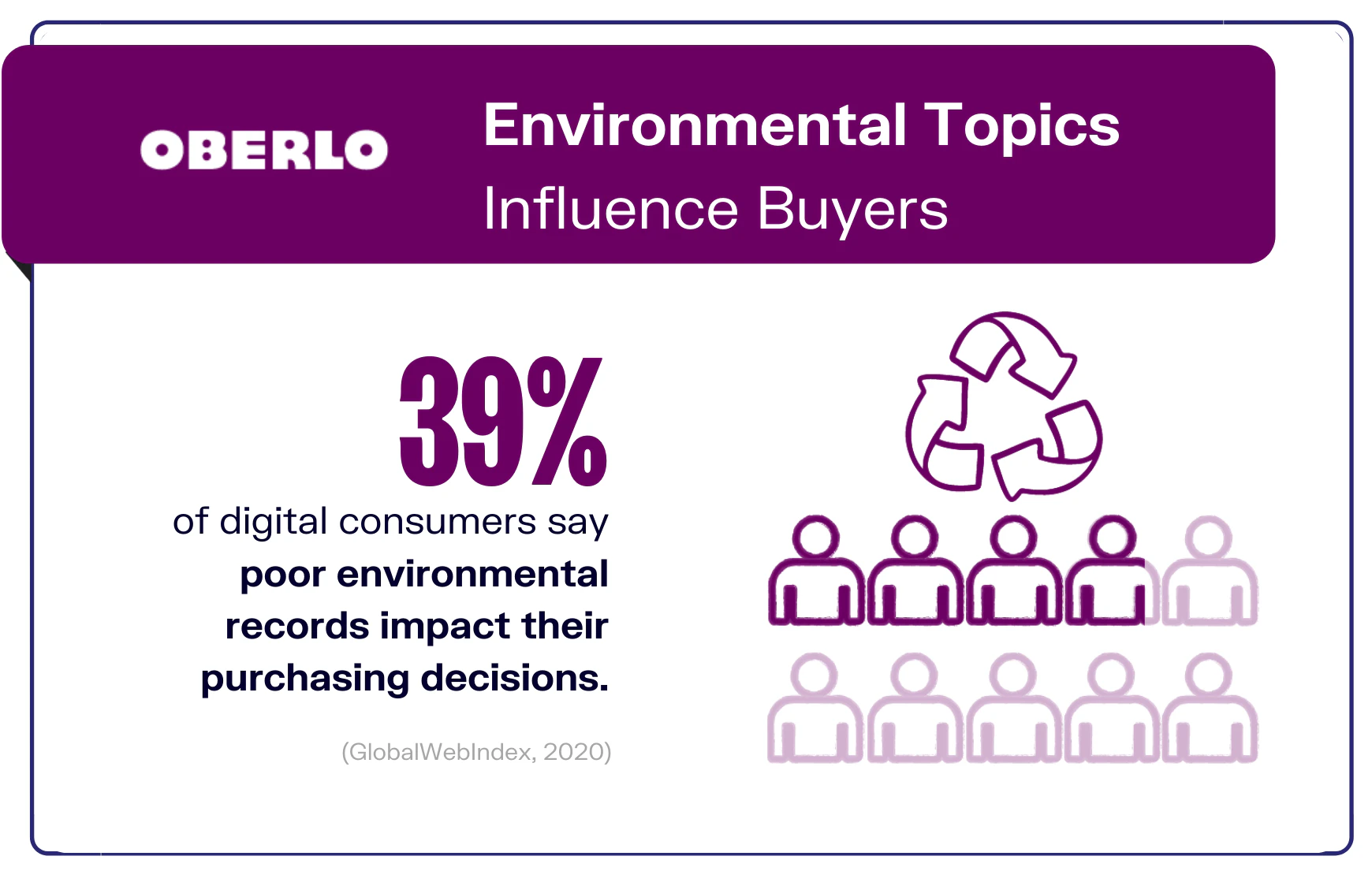
6. The environmental aspect influences consumers’ purchasing decisions
Today, e-commerce companies want to work with sustainable methods. Consumers are more aware than ever and thus place higher demands on brands. This applies regardless of whether it is about skin care or food – the demand for environmentally friendly brands is constantly increasing. Nearly 4 out of 10 consumers say that brands with a greater environmental impact influence their purchasing decisions (GlobalWebIndex, 2020)
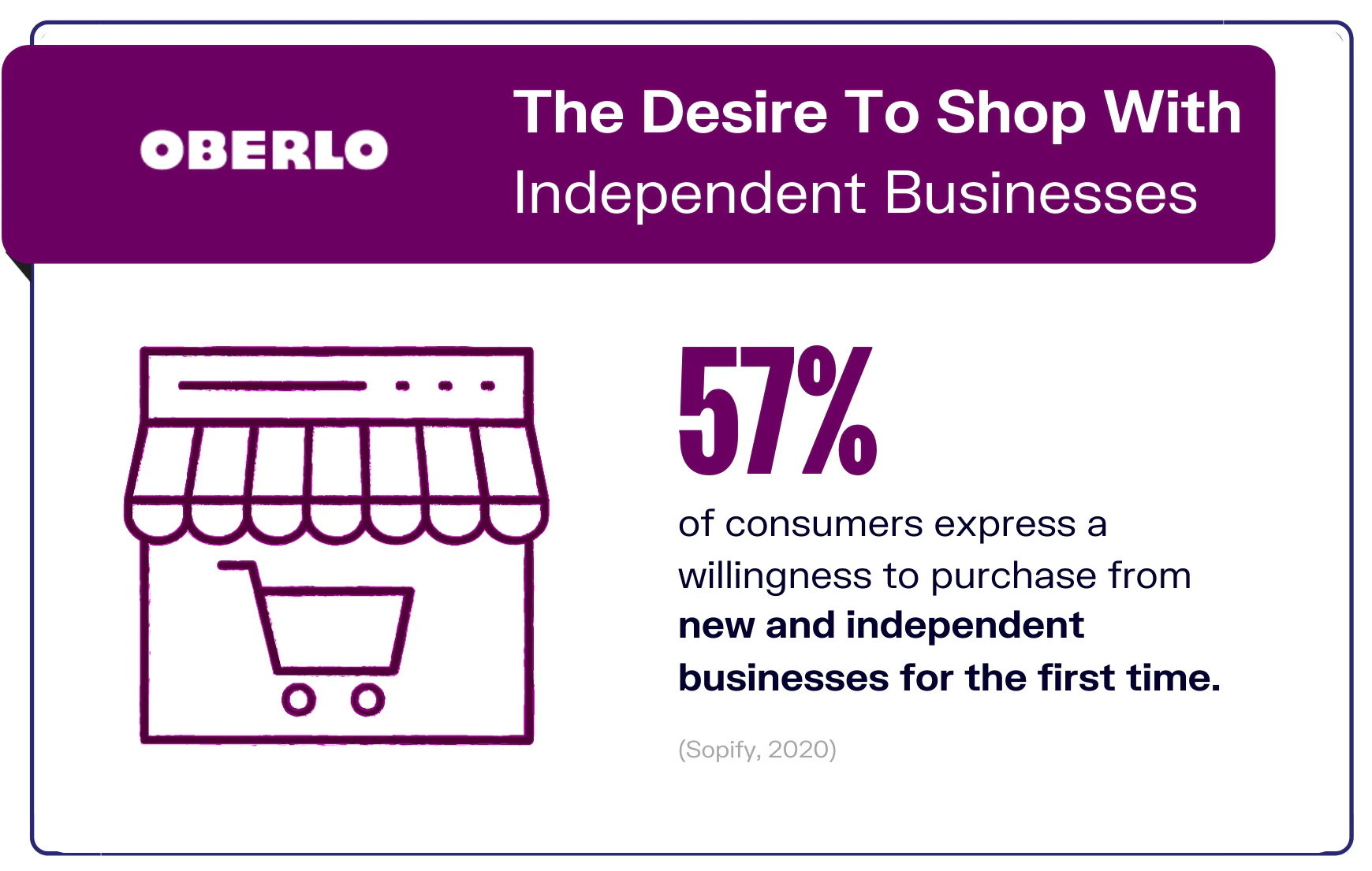
7. Consumers are happy to shop from new brands
This is not only due to the fact that more and more people are shopping online, but their buying behavior has also changed. According to a survey by Shopify, 57% are open to shopping for a new brand. A contributing factor is of course the pandemic and the fact that many small businesses have had a tough time and encouraged many to support them for its survival.
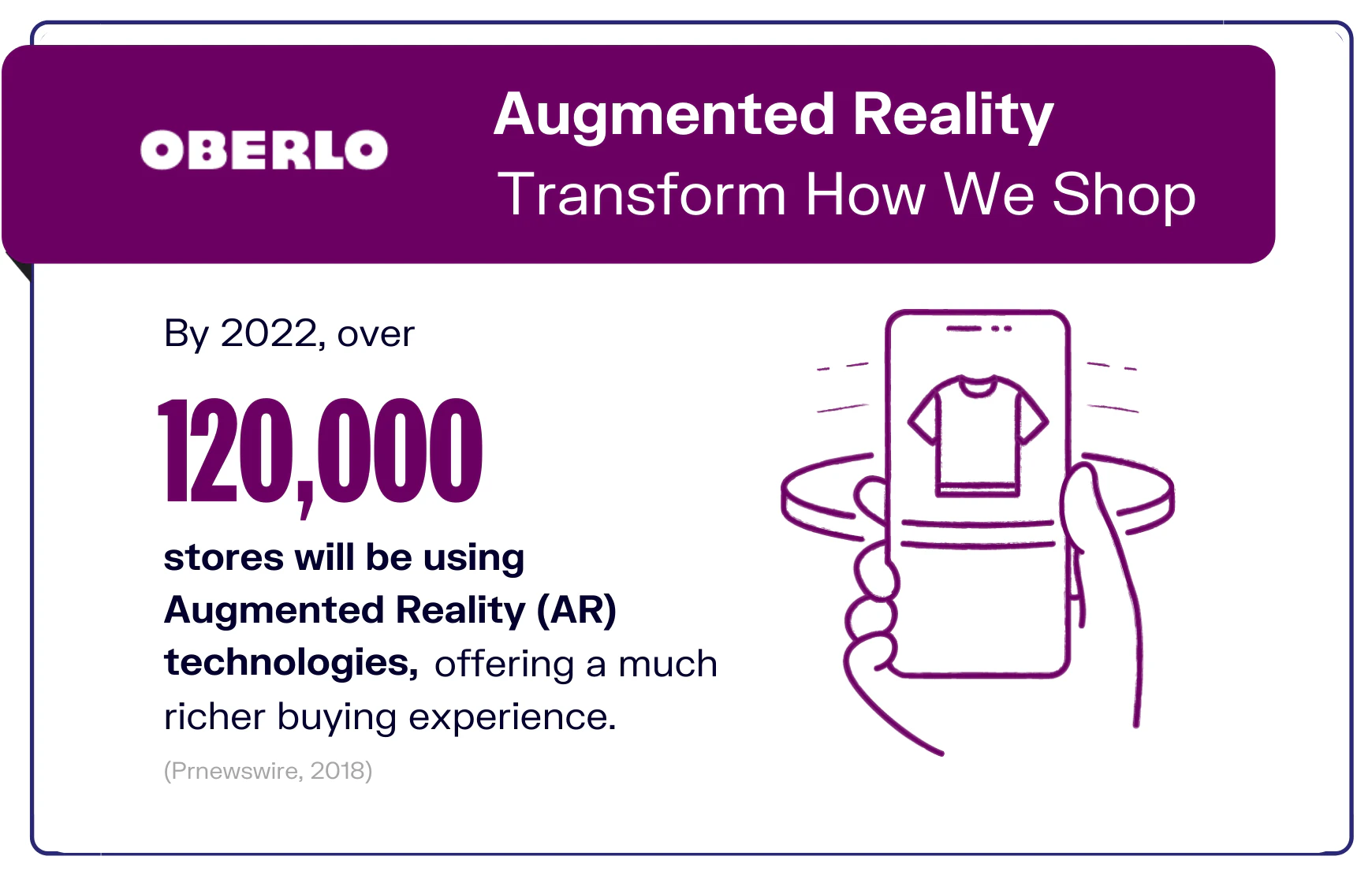
8. AR will provide a better shopping experience for consumers
In the year 2022, it is estimated that over 120,000 stores will use AR (Augmented Reality) which will give consumers a better shopping experience (Prnewswire, 2018). One of the biggest issues with shopping online is that people can not see what products such as glasses will look like they would have worn them. Today, some e-commerce companies have started experimenting with AR and they do not only use it for the purpose of improving the customer experience but to give customers the opportunity to explore products in a way that they would do in store.
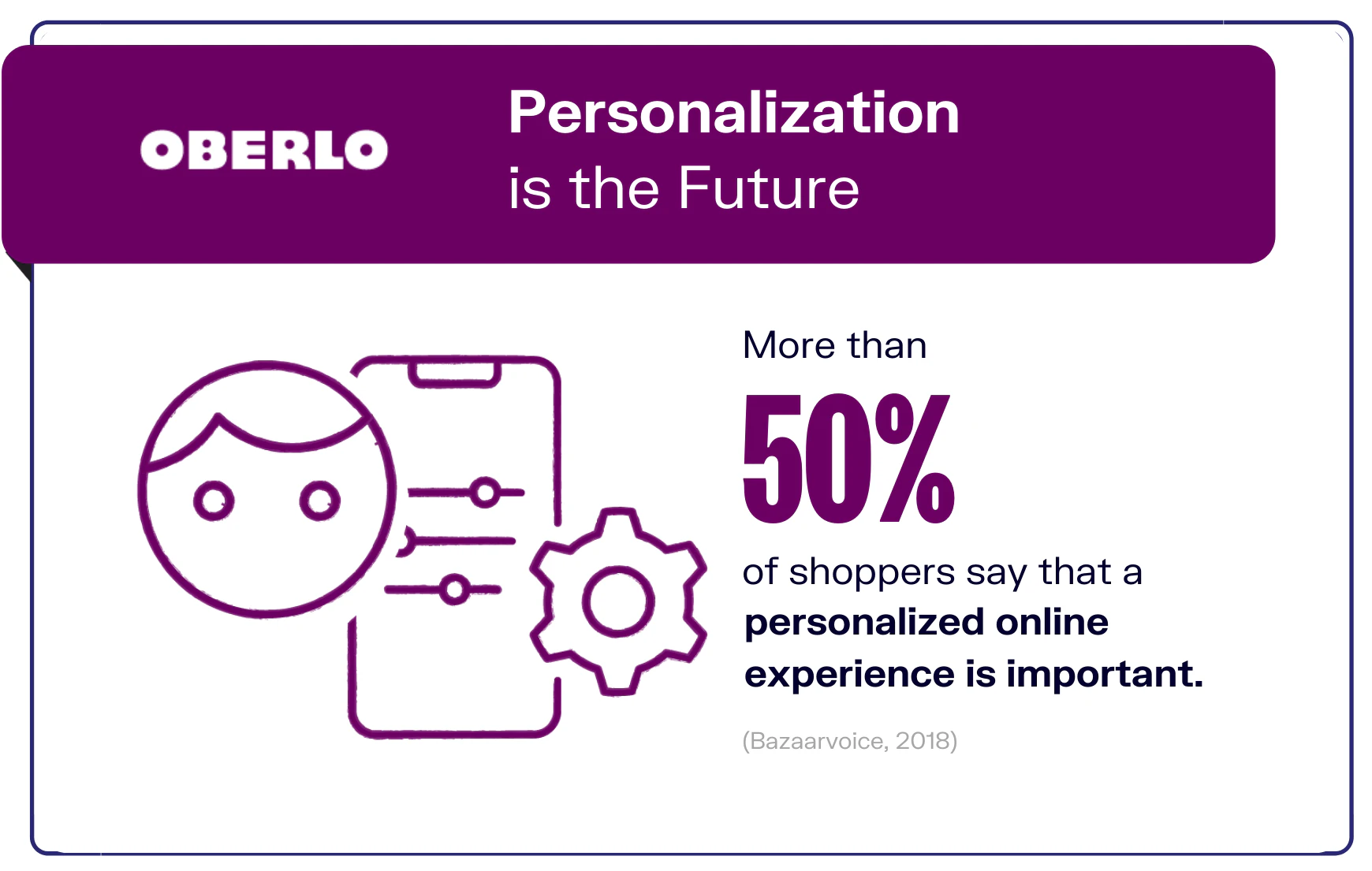
9. Personalization is the future of e-retailers
More than 50% of all consumers say that a personal shopping experience is important and 74% of all marketers believe that personalization has a major impact on the development of customer relationships. The e-commerce of the future is about personalizing each customer experience to make customers happy. This includes communication as well as discounts and offers – by maintaining commitment from new customers to existing ones, you ensure a strong and long-term bond with them.
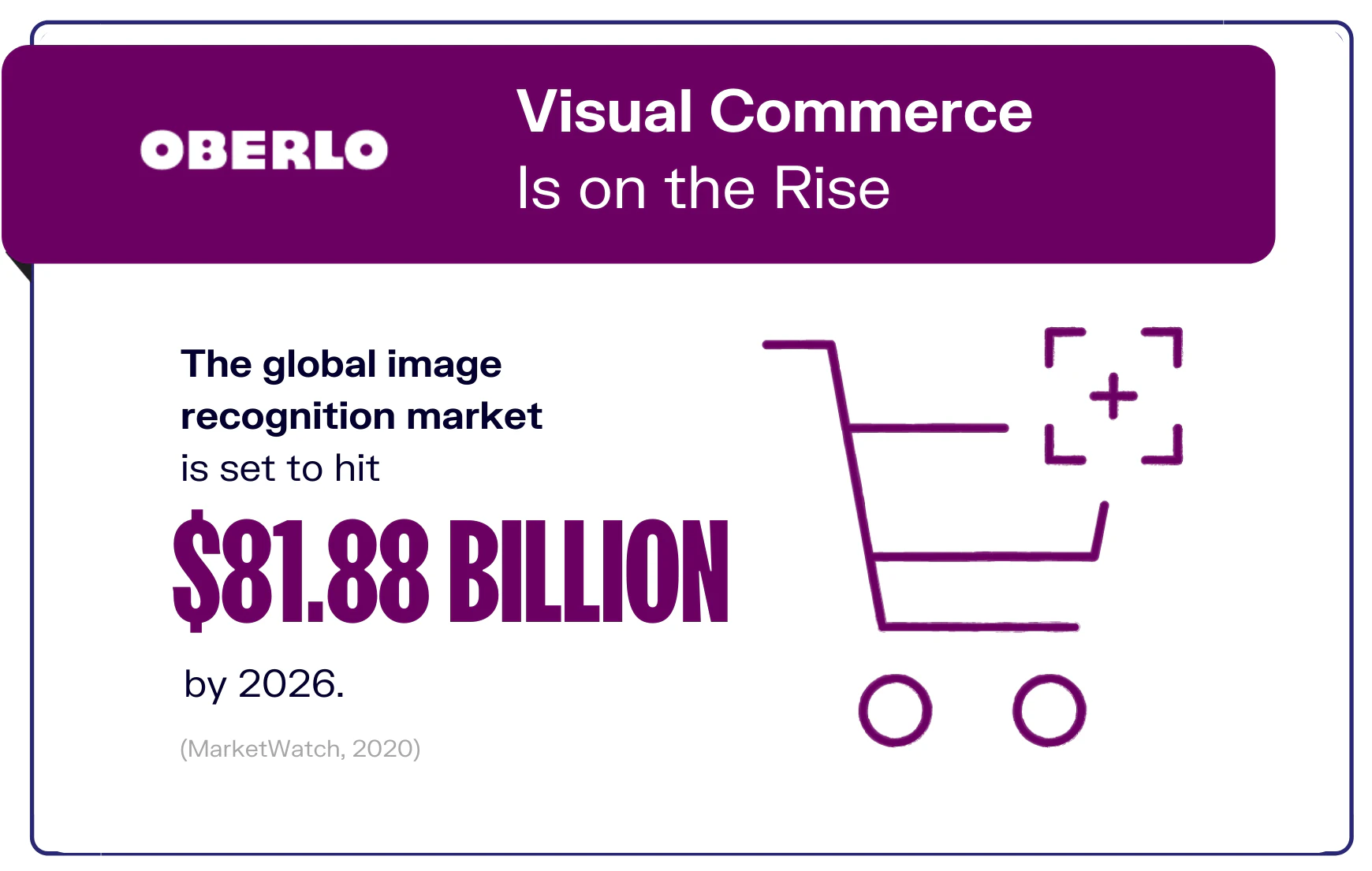
10. Visual e-commerce is growing
One of the challenges that e-retailers face is selling products to consumers without having a physical interaction with the product in question. There, visual e-commerce can become a helping hand. It is said that this is the next generation of static product images and will in turn take advertising to a new level.
Summary
With improved technology the consumers buying behavior is changing, you as an e-retailer will need to be aware of the trends that come and go. However, the most important factor for you as an e-retailer is to think long-term when it comes to customer relationships and work for a seamless customer journey.
Do you want more insights about how you can increase your results within social commerce? Feel free to watch our webinar ”How to increase your revenue through social media this fall: Black Friday & Christmas Edition” (Swedish) on demand.
Hope you enjoyed this article. Don’t forget to subscribe to our newsletter down below!






